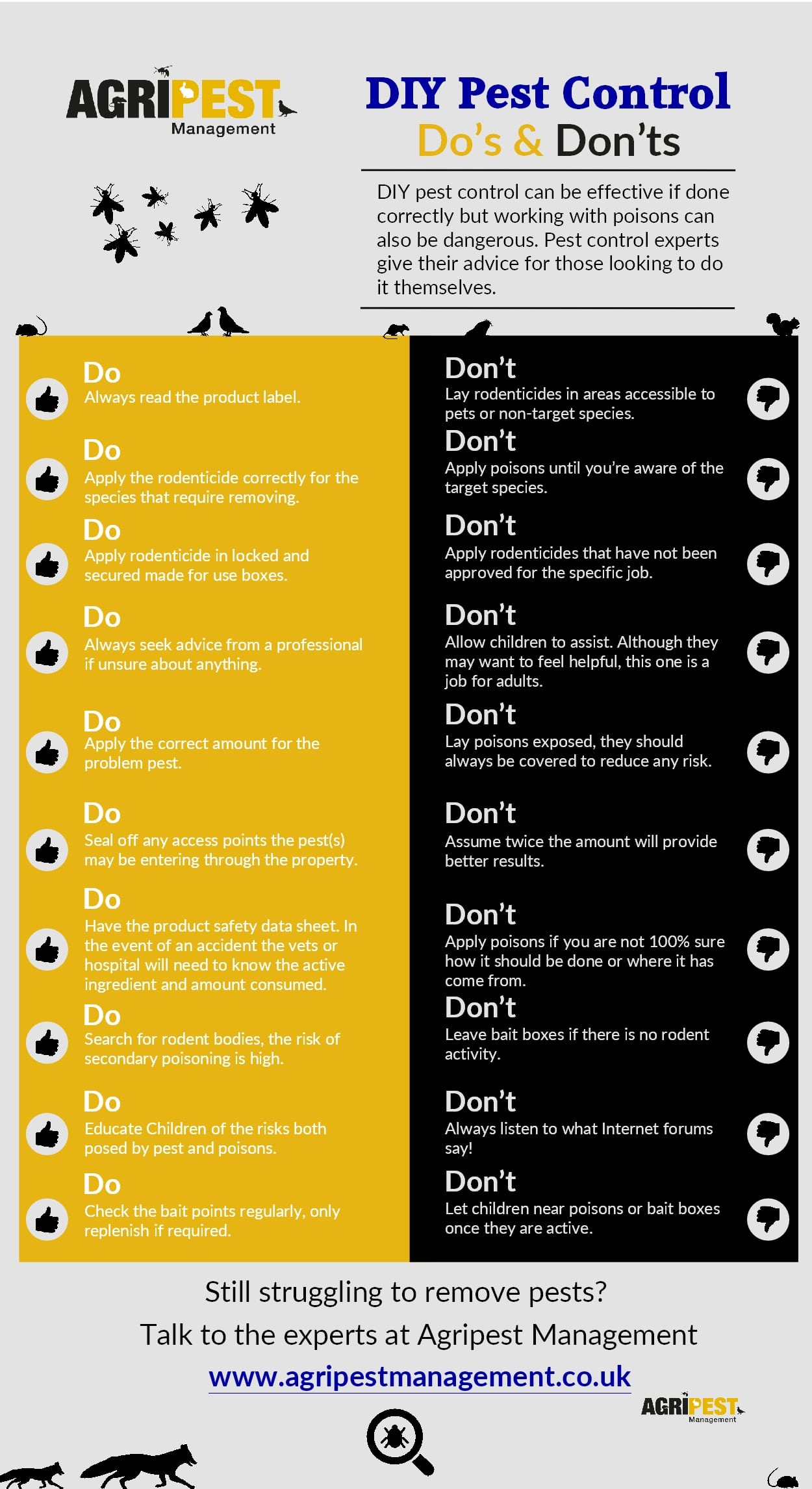Handling Rat Infestations: Insights Into Rat Psychology
Handling Rat Infestations: Insights Into Rat Psychology
Blog Article
Material Create By-TRUE Alston
When it pertains to rodent control, understanding usual rodent habits is crucial to successfully managing problems. Did you recognize that rodents have some interesting nesting behaviors that might surprise you? By exploring their elaborate actions, you can obtain useful understandings right into how to take on rodent problems in an extra strategic and reliable manner. So, let's decipher the secrets behind these creatures' activities and find out just how to outsmart them in your rodent control efforts.
Rat Nesting Habits
When observing rodents in their all-natural environment, you'll observe that they proactively look for products to build their nests. Rats, such as computer mice and rats, are clever animals that use a range of products like twigs, leaves, paper, and fabric to construct their homes. They're meticulous in their nest-building process, usually lining their nests with softer materials like hair or feathers to create a relaxing setting.
Rats favor to develop their nests in concealed and safe and secure places to protect themselves and their young from predators. Typical nesting spots consist of wall cavities, attic rooms, basements, and even within insulation products. By building their nests in these secluded locations, rodents can securely elevate their children far from prospective dangers.
It is essential to comprehend the nesting habits of rats when applying control procedures. By disrupting their nests or removing materials, you can prevent rats from developing an existence in your home or residential or commercial property. Correct sanitation and sealing access points are likewise crucial steps in stopping rodent problems.
Rat Feeding Patterns
After observing rats' nesting behaviors, it ends up being noticeable that their feeding patterns play an essential role in their day-to-days live and habits. Rats, consisting of mice and rats, are opportunistic feeders, implying they'll consume whatever food source is readily available. simply click the following web site , choosing to forage for food during the cover of night to stay clear of predators.
Rats have a varied diet plan, ranging from grains, seeds, fruits, and veggies to insects, nuts, and even little animals. This flexibility in their food selections permits them to grow in numerous atmospheres, consisting of city locations where human food sources are bountiful.
Their feeding patterns aren't just driven by appetite but additionally by the need to accumulate food for times of scarcity. This habits is particularly recognizable to prepare for winter season or when nesting. Rats are understood to hoard food in their nests or burrows, ensuring a constant food supply. Recognizing their feeding patterns is vital in carrying out reliable rodent control actions to interrupt their food resources and prevent problems.
Rodent Activity and Travel
Rats browse their surroundings with dexterity and stealth, utilizing their keen senses to move promptly through their settings. These animals are skilled climbers, able to range wall surfaces and upright surface areas with ease. They can likewise squeeze with surprisingly small openings, making it critical to seal any type of potential entrance points in your home.
When it involves taking a trip, rats tend to adhere to familiar paths, producing tracks along wall surfaces or skirting the sides of areas. They're creatures of habit, typically staying with these developed paths as they forage for food or discover their environments.
Rodents are recognized for their nocturnal behaviors, so you may hear them scooting around during the night as they search for food and water. Their motions are quick and irregular, allowing them to dart in and out of sight in the blink of an eye.
Recognizing how rats move and travel can assist you identify potential invasion locations in your house and take proactive steps to stop these pests from gaining a foothold.
Verdict
As you work to manage rats in your home, remember that understanding their actions is vital. By recognizing their nesting routines, feeding patterns, and motion, you can successfully protect against invasions.
Coincidentally, by taking proactive steps to eliminate food sources and seal off entry factors, you can interrupt their familiar courses and compel them to choose new locations, ultimately reducing the likelihood of rodent visibility in your living spaces.
